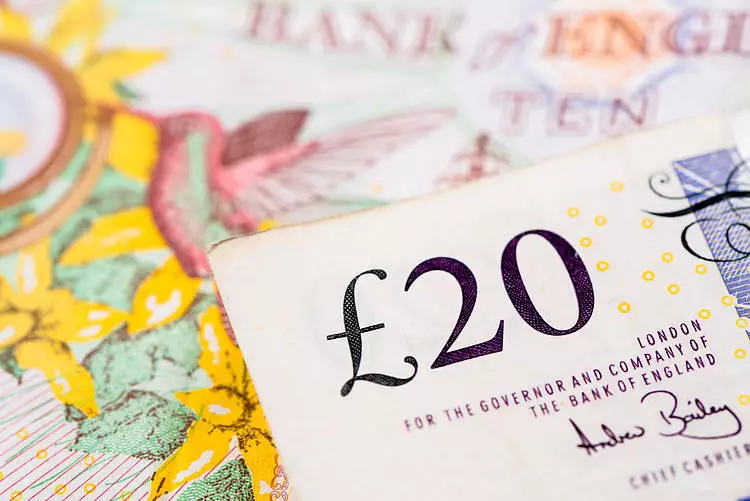As the U.S. gears up for its presidential elections, the landscape for currency trading remains complex and dynamic. The U.S. Dollar’s performance, particularly against the Pound Sterling, reflects a broader spectrum of investor sentiment influenced by economic policies and monetary strategies from both sides of the Atlantic. Anticipation among market participants is building as the Federal Reserve (Fed) and the Bank of England (BoE) prepare for crucial meetings that could alter the interest rate trajectories of both nations. This heightened expectation serves as the backdrop against which currency valuations are mutable.
Investors are cautious as they await the Fed and the BoE’s decisions to potentially cut interest rates by a quarter percentage point. Such beta changes in interest rates can have profound ramifications not only for domestic markets but also for international investments and capital flows. The consistency with which central banks have modified rates highlights their ongoing battle against inflation while attempting to stimulate economic growth.
In the UK, the BoE’s anticipated interest rate cut is particularly noteworthy as it marks the second reduction of the year. The Monetary Policy Committee (MPC) is expected to lean towards policy easing with a majority of its members favoring this course of action. Yet dissenting voices, such as that of BoE external member Catherine Mann, present a counter-narrative. Her stance underscores the importance of addressing underlying inflation, particularly in the services sector, before hastily reducing rates. The juxtaposition of these viewpoints indicates a central bank grappling with the fine balance between encouraging growth and mitigating inflationary pressures.
Investor focus is also diverted towards the implications of the recent UK Autumn Forecast Statement. Proposed fiscal measures have received mixed reviews, described by the Office for Business Responsibility (OBR) as both pro-growth and potentially inflationary. The immediate reverberation of these announcements on the Pound Sterling will likely play out in both sentiment and trading activity as investors adjust their forecasts based on the presumed effectiveness of these measures in curbing inflation.
The intricate interplay between fiscal policy and monetary expansions raises critical questions regarding long-term inflation trajectory. While short-term measures may show potential for deeper investment and stimulus, the overarching concern remains: Will these actions inadvertently exacerbate inflationary conditions in the long run?
In the realm of currency pairs, the GBP/USD shows a complex interplay of bullish and bearish forces. Currently trading near the 1.2980 mark, the pair appears trapped within a broader consolidation pattern largely established by preceding market dynamics. The bearish sentiment persists as it remains below the crucial 50-day Exponential Moving Average (EMA), lending credence to mixed investor opinions.
Despite this, there is a visible buying interest, evidenced by the Relative Strength Index (RSI) hovering above the 40.00 threshold. This suggests that lower pricing levels are attracting investors aiming to capitalize on potential rebounds. However, significant resistance remains at higher levels around the 1.3060 mark, creating a formidable hurdle for any hopeful resurgence of the Pound against the Dollar.
Another essential aspect influencing the USD’s strength revolves around investor expectations on economic health and capital inflows. The Fed’s dual mandate of controlling inflation while fostering full employment demands a delicate play of interest rate adjustments. A rate hike generally strengthens the Dollar as it presents superior returns to foreign investors, while a cut can shift capital out towards higher-yielding investments elsewhere.
Thus, the market’s movement is closely knitted to the Fed’s stance—if their tone remains hawkish, the USD might enjoy the benefits of sustained strength. Conversely, dovish comments indicating a reluctance to enact future rate hikes may lead to depreciation of the Dollar as market sentiment falters.
As the landscape evolves through fiscal announcements, economic data, and awaited decisions from the Fed and BoE, it is evident that volatility will remain an omnipresent factor in the currency exchange markets. Investors would do well to stay informed and agile, optimizing their strategies to accommodate for rapid shifts that may occur in response to policy changes and market sentiment.
Ultimately, the broader implications of these decisions extend beyond mere currency valuations; they shape economic trajectories, investment decisions, and global capital flows. A wary yet shrewd approach to understanding these unfolding narratives can be the key differentiator for market participants in an ever-evolving economic environment.

